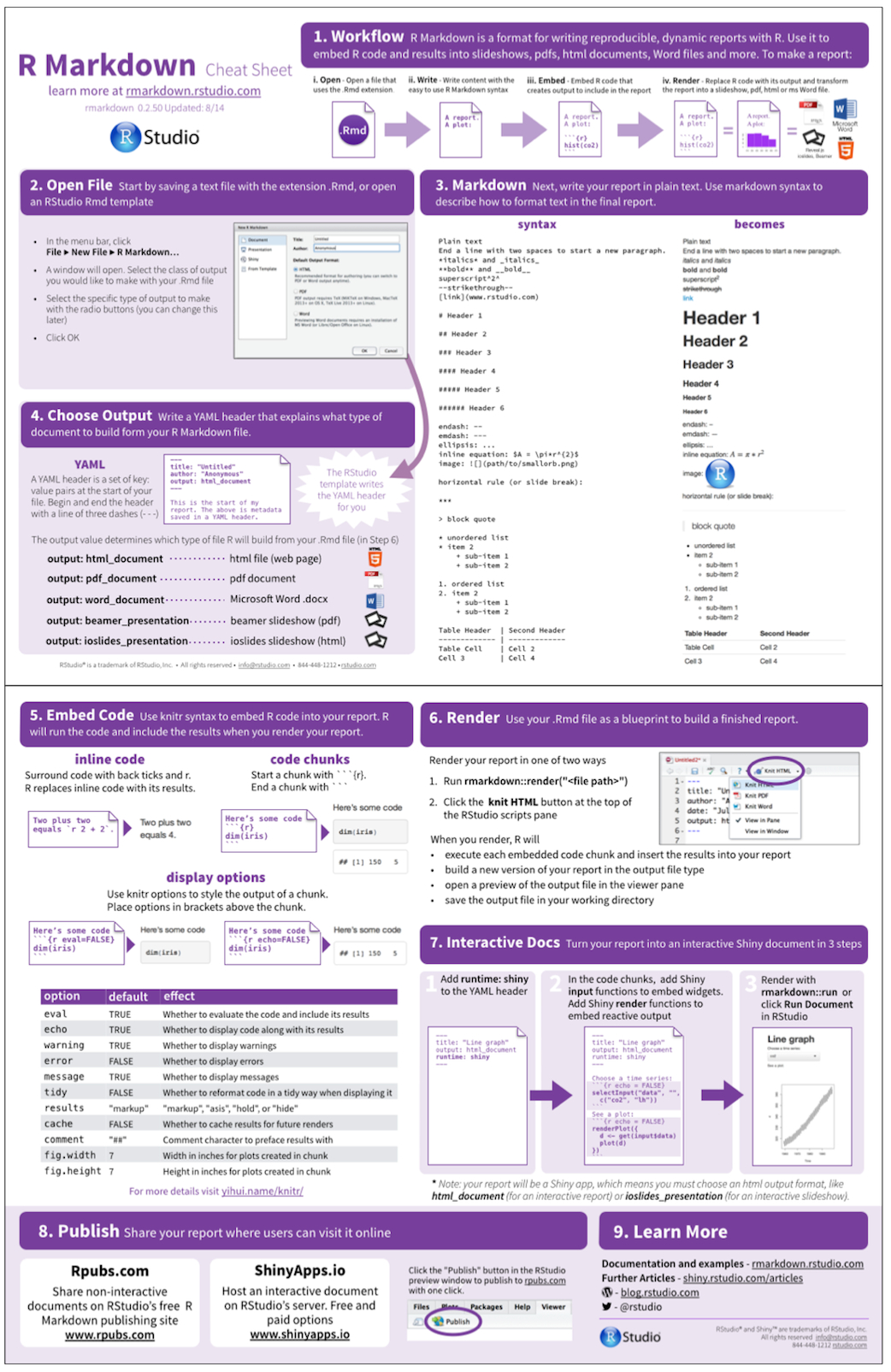
- Kable rmarkdown force position how to#
- Kable rmarkdown force position pdf#
- Kable rmarkdown force position software#
- Kable rmarkdown force position code#
If you really want multiple spaces within your text then you can use the Non breaking space tag These data were obtained from a

If you want your text to start on a new line then you can simply add two blank spaces at the end of the preceding lineĮffect benthic polychaete ( Nereis diversicolor) biomass. This is generally a good thing (no more random multiple spaces in your text). Of benthic polychaete ( Nereis diversicolor) biomass. Mesocosm experiment which aimed to examine the These data were obtained from a mesocosm experiment which aimed to examine the effect of benthic polychaete (*Nereis diversicolor*) biomass. Here is an example of marking up text formatting in an R markdown document At first, this might seem like a right pain in the proverbial but it’s actually very easy to do and also has many advantages (do you find yourself spending more time on making your text look pretty in MS Word rather than writing good content?!).
Kable rmarkdown force position software#
However, in contrast to your familiar What-You-See-Is-What-You-Get ( WYSIWYG) word processing software you don’t see the final formatted text in your R markdown document (as you would in MS Word), rather you need to ‘markup’ the formatting in your text ready to be rendered in your output document. R markdown is able to render (almost) all of the text formatting that you are likely to need such as italics, bold, strike-through, super and subscript as well as bulleted and numbered lists, headers and footers, images, links to other documents or web pages and also equations.

For example, if you want to include a table of contents you would modify the output: field in the YAML header as followsĪs mentioned above, one of the great things about R markdown is that you don’t need to rely on your word processor to bring your R code, analysis and writing together. Also, indentation in the YAML header has a meaning, so be careful when aligning text. If you need multiple output formats for your R markdown document check whether your YAML options are compatible between these formats.
Kable rmarkdown force position pdf#
Just a note of caution, many of the options you can specify in the YAML header will work with both HTML and pdf formatted documents, but not all. If you want to explore the plethora of other options see here. You can also change the default font and font size for the whole document and even include fancy options such as a table of contents and inline references and a bibliography. If you would like to change the output to pdf format then you can change it from output: html_document to output: pdf_document (you can also set more than one output format if you like). In the YAML header above the output format is set to HTML. title : My first R markdown document author : Jane Doe date : Maoutput : html_document.

Kable rmarkdown force position code#
It is converting the markdown code to formatting.
Kable rmarkdown force position how to#
I don't know how to keep all the chunks intact in this code here. How can I make the table be on the same page?. Also, since there are so many tables, adding \pagebreak or \newpage is not an optimal solution either. Rmd and converted longtabs to booktabs as a way but couldn't compile the document.

Even though all tables are less than one page, they sometimes break and continue on two pages, which is hard to read. I have a report with many summary tables of regression output and converted them into tables using pander in the Rmarkdown document.


 0 kommentar(er)
0 kommentar(er)
